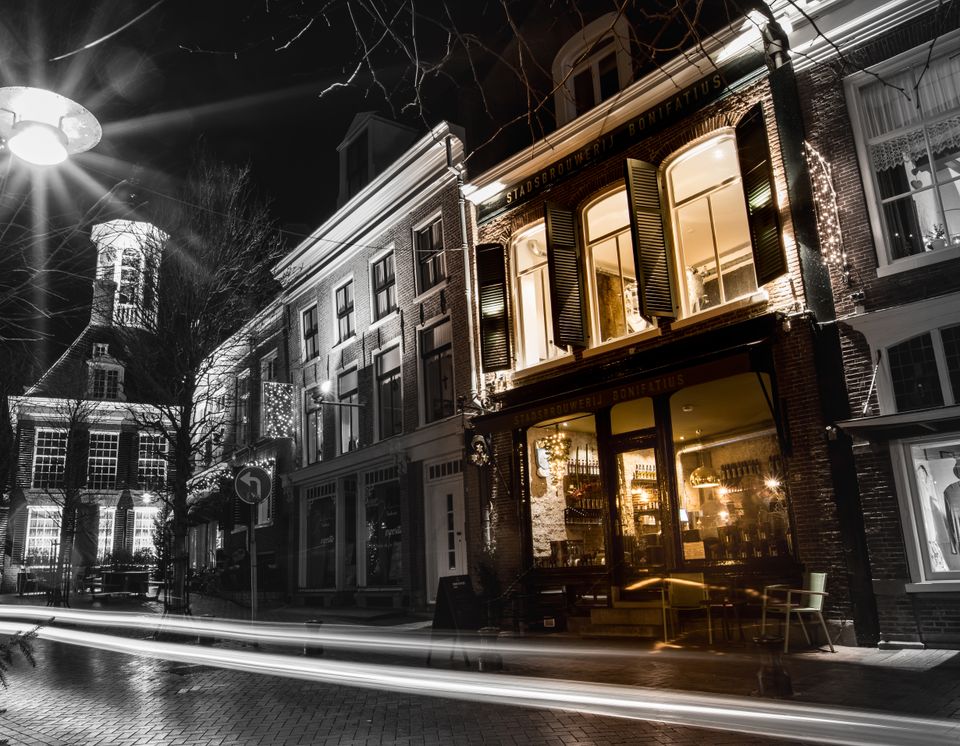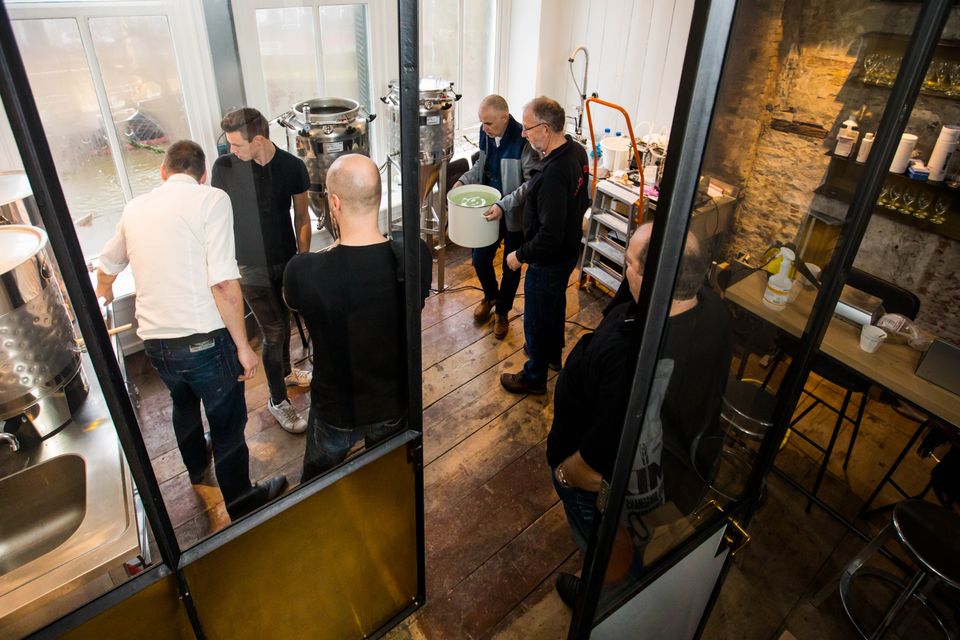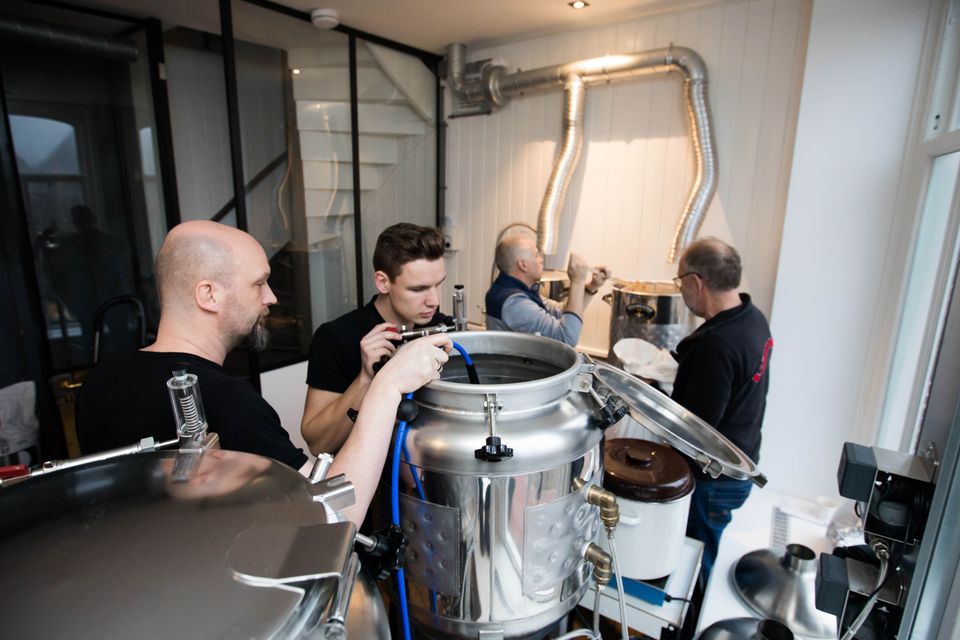Bonifatius Brewery
Dokkum
The history of Dokkumer beer begins in the early Middle Ages. After the death in 754 of Boniface, the monks of the newly founded Boniface Abbey brewed the Dokkumer beer on the Markt.
Take a look
The history of Dokkumer beer begins in the early Middle Ages. After the death of Bonifatius (Boniface) in 754, the monks of the newly founded Bonifatius Abbey on the Markt brewed the Dokkumer beer. Private brewers expanded this work to a total of 19 Dokkumer breweries. The water for this famous beer was extracted from the Bonifatius well, pure and clear. It wasn't until 1876 that the last brewer stopped. After 140 years, Bonifatius beer is back in the centre of Dokkum.
Here you will find Bonifatius Brewery
Diepswal 59101 LA Dokkum Plan your route naar Bonifatius Brewery
from your location






